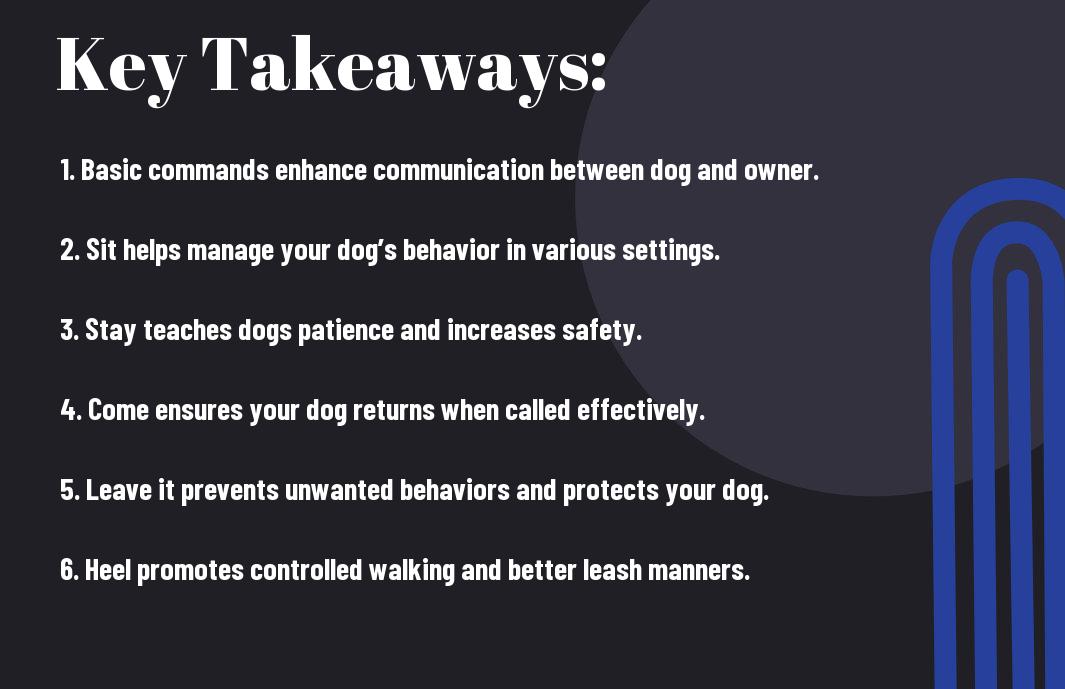Over time, dressage has evolved into a sophisticated discipline that blends art, athleticism, and training. It is crucial for you to grasp the intricacies of this classical riding style to enhance your equestrian skills. Dressage emphasizes the harmony and partnership between you and your horse, showcasing the animal’s natural movements while demonstrating your command over its abilities.
At its core, dressage involves a series of standardized movements performed in the arena, aimed at displaying your horse’s training level and responsiveness. Achieving success in dressage means that you must focus not only on technical execution but also on the artistry and elegance of the performance. Factors such as balance, suppleness, and rhythm are as important as accuracy in the movements.
One key aspect of understanding dressage is the importance of proper training. Whether you are a beginner or an experienced rider, establishing a solid foundation is vital. You should aim to build your horse’s confidence and comfort through systematic training exercises. Warm-up sessions are crucial as they prepare both you and your horse for the rigors of the routine ahead, allowing muscles to relax and focus to sharpen.
Every dressage test is composed of various movements, such as the halt, trot, walk, and canter. You need to learn how to perform these movements with precision. Each gait must flow seamlessly into the next, demonstrating a fluidity that captivates judges and audiences alike. Pay attention to the horsemanship elements: your seat and aid distribution can make all the difference in directing your horse effectively through the test.
Moreover, developing a deep understanding of body language is invaluable. The way you communicate with your horse through subtle shifts in weight or leg pressure influences its behavior and performance. It is crucial for you to cultivate sensitivity to your horse’s responses and adjust your cues accordingly. This partnership leads to improved performance and a more enjoyable riding experience.
As you progress, consider exploring the concept of collection, where the horse shifts its weight to engage its hindquarters, resulting in a more elevated and balanced movement. This phase represents the pinnacle of dressage training, requiring patience and consistent practice. The payoff is a horse that moves with grace, confidence, and a strong sense of engagement with you.
To further enhance your understanding, attending d dressage clinics or enrolling in lessons can offer valuable insights. You’ll benefit from expert guidance that can refine your techniques and provide personalized feedback. Networking with fellow enthusiasts also enriches your experience, allowing for shared tips and encouragement along the way.
When all is said and done, immersing yourself in the world of dressage is fulfilling and enriching, impacting both your riding capabilities and your relationship with your horse. By focusing on technique, communication, and artistry, you underscore the beauty and complexity of this classical discipline. Embrace the journey, and let your passion for dressage flourish.











